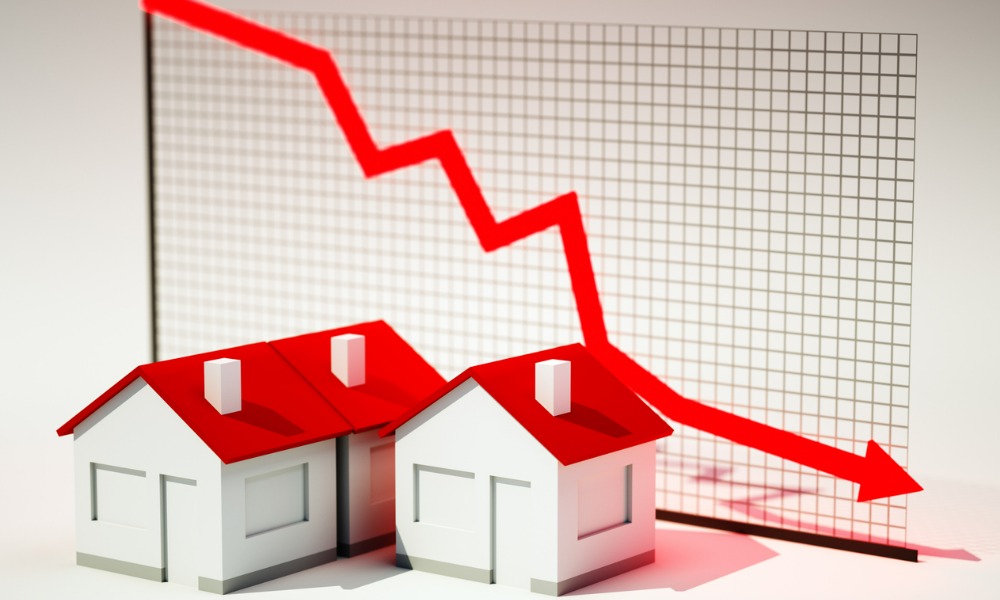Growing borrowing costs will have a significant effect on housing market activity

By the end of 2023, Canadian home prices could fall by 15% from their heights seen last February, according to Randall Bartlett and Hélène Bégin of Desjardins.
“Looking ahead, we believe ever-higher borrowing costs are going to weigh on housing market activity as increasingly interest-sensitive households batten down the hatches for the impending storm. This is expected to lead to sustained weakness in sales activity, thereby keeping persistent downward pressure on prices,” the Desjardins analysts said.
However, Bartlett and Bégin stressed that while the declines might be noticeable, price fluctuations will not likely occur at the same pace across different markets.
“Those provinces that experienced the most dramatic price gains – notably the Maritime provinces – should see the largest corrections. In contrast, those provinces that saw home prices increase the least – the Prairie provinces and Newfoundland and Labrador – should see the least correction coming out of the pandemic,” the analysts said.
“As we look ahead to how the national housing market correction will play out at the provincial level, in some ways it’s expected to be the inverse of what we saw during the pandemic.”
Read more: Canada home prices – why they’re falling
Ontario areas that are situated quite a distance away from major urban centres are also expected to feel the pain.
“Communities within a few hours’ drive of Toronto are likely to see sales activity and prices cool the fastest as borrowing costs rise and commuting becomes more common,” Bartlett and Bégin said.
“It looks as though the Canadian housing market correction we expected has begun, though it’s still concentrated in a small number of markets.”
Data from the Canadian Real Estate Association showed that the actual (non-seasonally adjusted) average home price has steadily fallen from this year’s peak of $816,720 in February to a little over $746,000 in April, which was just 7.4% higher on an annual basis despite substantial influence from activity in Greater Vancouver and the GTA.



